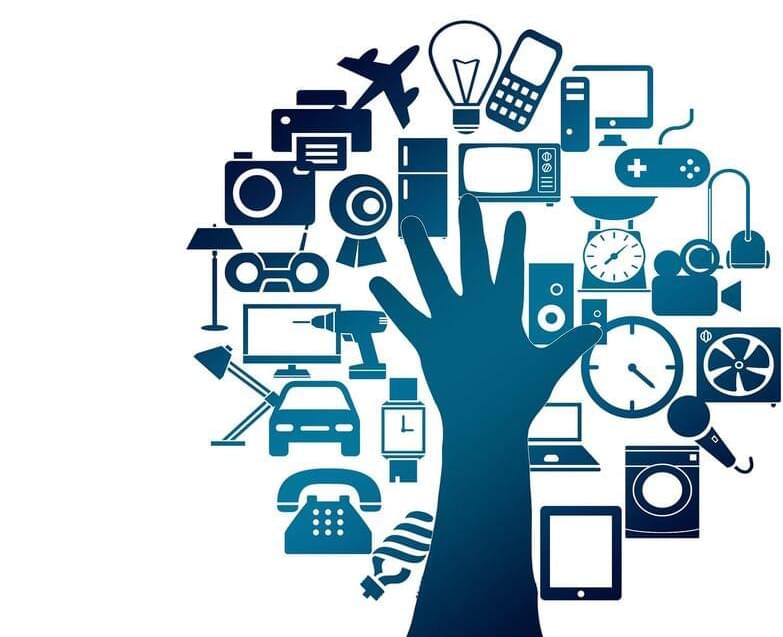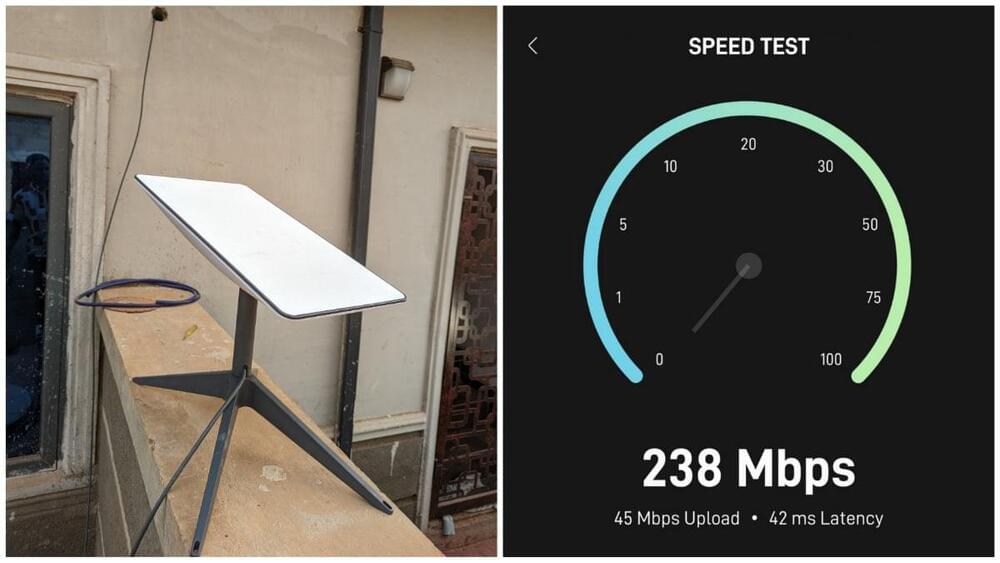Jan 9, 2023
New nanowire sensors are the next step in the Internet of Things
Posted by Saúl Morales Rodriguéz in categories: biotech/medical, computing, internet, nanotechnology
A new miniscule nitrogen dioxide sensor could help protect the environment from vehicle pollutants that cause lung disease and acid rain.
Researchers from TMOS, the Australian Research Council Center of Excellence for Transformative Meta-Optical Systems have developed a sensor made from an array of nanowires, in a square one fifth of a millimeter per side, which means it could be easily incorporated into a silicon chip.
In research published in the latest issue of Advanced Materials, Ph.D. scholar at the Center’s Australian National University team and lead author Shiyu Wei describes the sensor as requiring no power source, as it runs on its own solar powered generator.

















